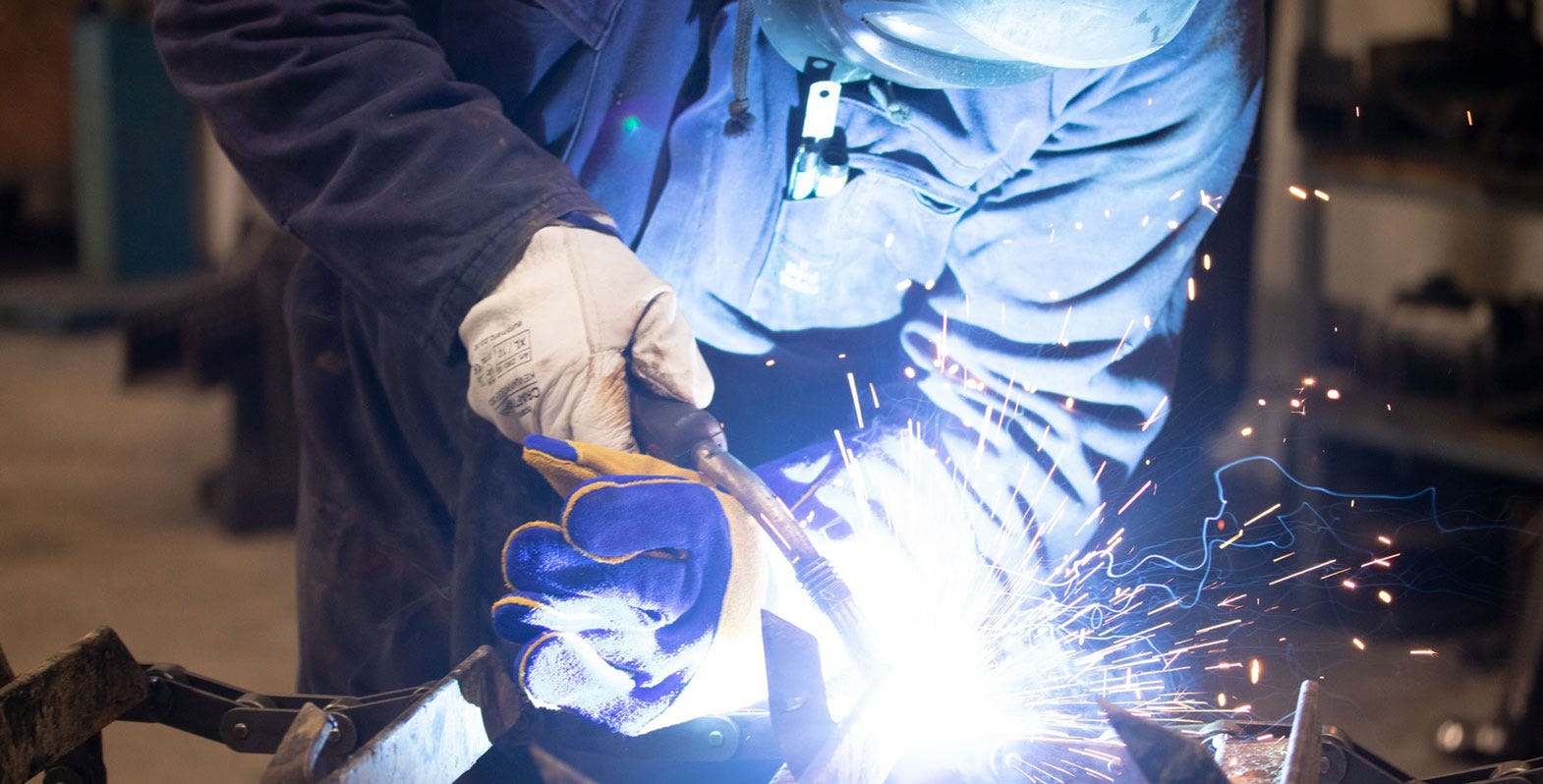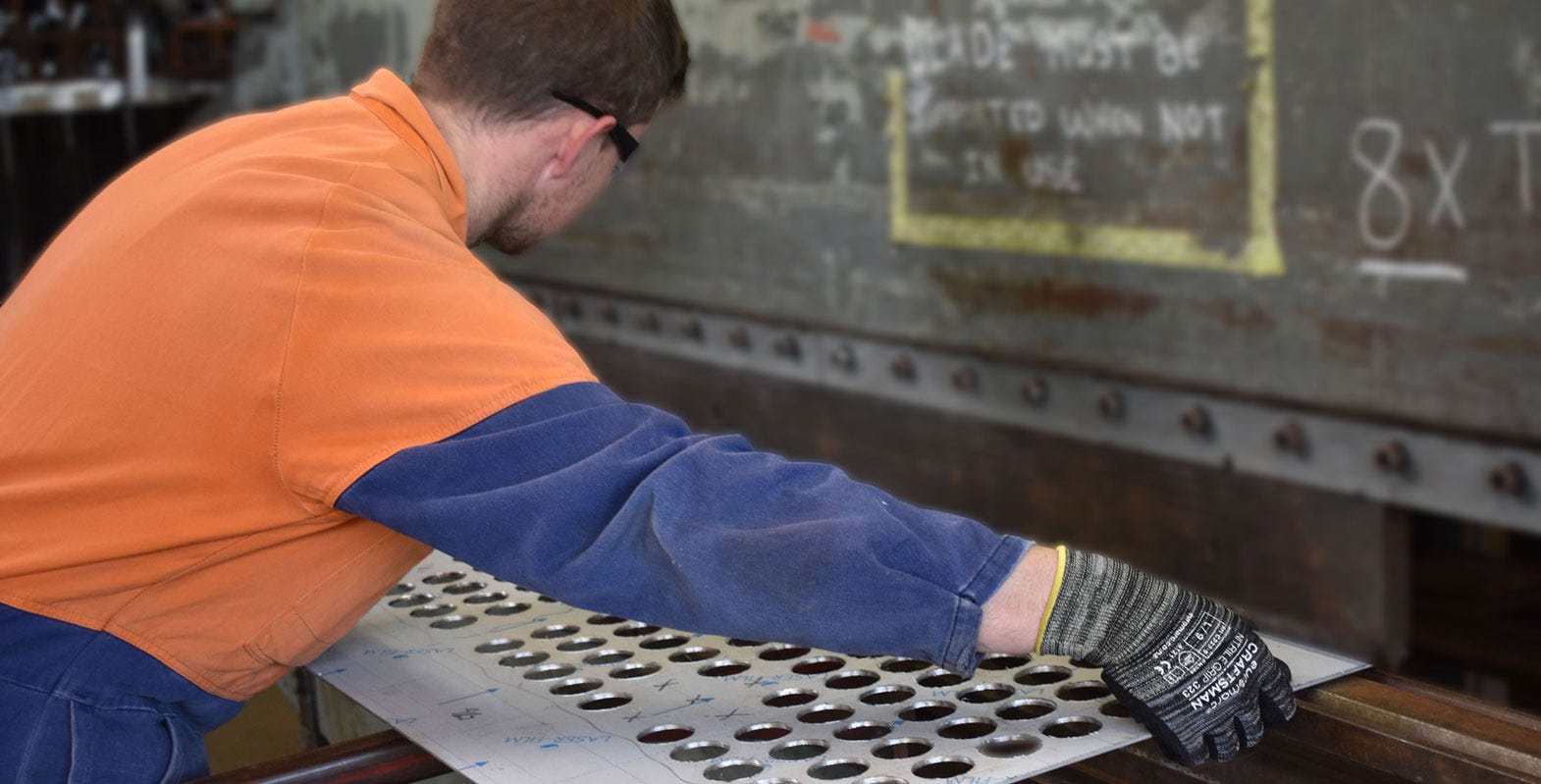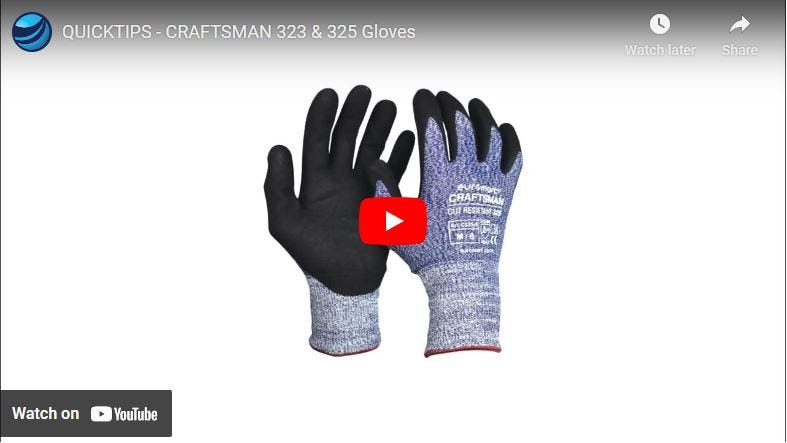New safety standards! What you need to know about cut resistant gloves...
Hand injuries from cuts and abrasions are some of the most common, and also most preventable workplace injuries. Having the right cut-resistant gloves can make a big difference when it comes to keeping workers safe and productivity high. This makes choosing the right pair of gloves an important task. Read on and we'll give you the low down on the latest NZ safety standards.


What exactly are cut resistant gloves designed for?
They're designed to protect your hands when working in industries where sharp tools and materials are around. In metal fabrication, common cutting injuries are caused from unguarded blades, grinders, and materials with sharp edges.
NZ Standards
The AS/NZS 2161:2014 is the overall standard for New Zealand occupational protective gloves, and this follows the European Standard EN 388.
The EN388 - Mechanical protection rating, represents the ability of the glove to protect against:
- Abrasion
- Blade cut
- Tear
- Puncture
The standards were set using specific scientific methods. Gloves are tested and given a numerical rating based on their performance. For cut resistance, a rating of between 1 and 5 are given based on the number of cycles a rotating blade applied to the tested fabric needed to cut though the material. The higher the rotations needed, the higher the cut resistance rating is given to the glove.


Further to this, in November 2016, changes were introduced to represent additional tests for cut resistance and a test for impact resistance:
- Cut resistance (ISO 13997 TDM) - this test uses a sliding blade rather than the rotating circular blade used in the blade cut test. The result is given in Newtons (N) and the glove is assigned a cut protection class on the basis of this value. This test is seen as a more accurate representation of cut resistance in industrial use.
- Impact resistance is simply expressed as pass (P) or fail (no marking).
The new cut rating could start appearing on your gloves in New Zealand, and look like the symbol above. However many of the gloves will still only show the first 4 digits which is still ok.
What rating do I need for my cut-resistant gloves?
Really it depends on the type of job you're doing. As a guide:
| Cut Level | Use |
| 1 & 2 | Lower Cut Protection These are for low cut risk tasks, like general product handling, warehouse and assembly line work and some low risk construction jobs. |
| 3 & 4 | Medium Cut Protection These are ideal for handling materials with sharp edges, such as in second fix construction, mechanical and electrical trades, and steel fixing. |
| 5 | Higher Cut Protection These are the best choice for higher cut risk tasks. Jobs like applying cladding, demolition, steel fabrication and handling glass or sheet metal with cut edges |
So if you're looking for the best of the best, you want the numbers to read 4544FP:
- Abrasion resistance: Level 4
- Cut resistance: Level 5
- Tear resistance: Level 4
- Puncture resistance: Level 4
- TDM cut resistance test: F
- Impact resistance: P
This would mean the gloves have passed each test to the highest possible level. The table below illustrates what each ranking represents:
| No. | Test | Rating | |||||
|---|---|---|---|---|---|---|---|
| 1 | Abrasion resistance (the number of cycles before an abrader breaks through the glove fabric) |
Level 1 |
Level 2 |
Level 3 |
Level 4 |
Level 5 |
|
| 2 | Blade cut resistance (Coupe test index based on the number of cycles it takes a circular blade to cut through the test sample) |
100 | 500 | 2000 | 8000 | ||
| 3 | Tear resistance (the amount of force, in newtons, required to tear the sample) |
1.2 | 2.5 | 5.0 | 10.0 | 20.0 | |
| 4 | Puncture resistance (the amount of force, in newtons, required to pierce the sample with a standard-sized stylus) |
10 | 25 | 50 | 75 | ||
| A | B | C | D | E | F | ||
| 5 | ISO 13997 TDM cut resistance test measured in Newtons (N) | >2 | >5 | >10 | >15 | >22 | >30 |
| 6 | Impact Resistance | Pass (p) |
Fail (blank) |
||||
 Need assistance?
Need assistance?







